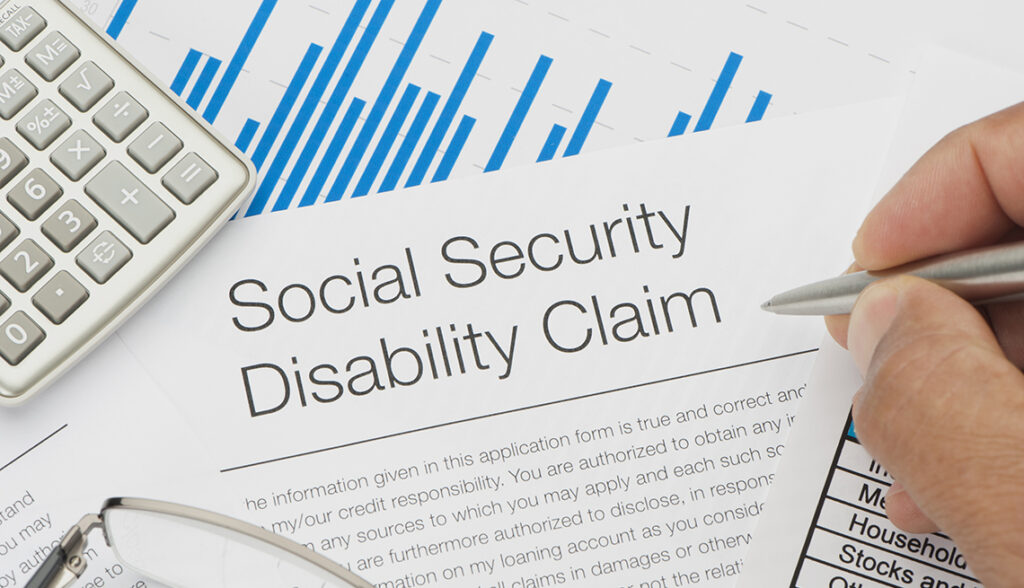The Social Security Administration is responsible for administering federal assistance programs. You’re probably familiar with the acronyms SSI and SSDI. We understand how to apply for them and what each one is for, but do we know why this benefit can be withdrawn?
What is SSDI?
This benefit was designed to assist people who are suffering from an illness or disability, whether temporary (at least one year) or permanent.
This payment has a unique feature in that it can only be accessed if you have been a taxpayer, which means you have paid taxes and worked for several years prior to suffering this disability that prevents you from returning to work.
This payment benefits 8.7 million people who are unable to work due to illness or disability. There are a large number of beneficiaries, but not all of them are aware of when their benefits may be withdrawn.

What are the reasons why you can lose your SSDI benefit?
There are certain conditions that could change or modify your payments:
- If you earn too much money. That’s right, SSDI allows you to work for a trial period of 9 months maximum without losing your benefits, but, if after that period your income reaches or exceeds $1,550 per month, the agency will consider that it is enough to support you without help from the program and will terminate the payments.
- Being in jail for more than 30 days will also mean that your SSDI payment is withdrawn, and you will have to request it once you regain your freedom again.
- The last condition under which you could lose your SSDI benefits is for not reporting changes in your personal or work data to the SSA, in which case your payments would be suspended immediately.
How can I avoid having my SSDI taken away?
Here are a few recommendations: The first is that if anything changes in your work or financial situation, you should notify the SSA right away so that there is no misunderstanding with the Administration.
The next step is to check your income limits after the trial period so that the SSA does not assume you no longer need this assistance. Finally, pay attention to when your payments arrive, as the SSA has confirmed that they are overwhelmed by the large number of applications they must handle.
This payment, which is critical for millions of users across the country, can also cause problems if you do not meet the SSA’s requirements. So, if you follow the rules, you should be able to receive your payments on the first of every month.













Leave a Reply